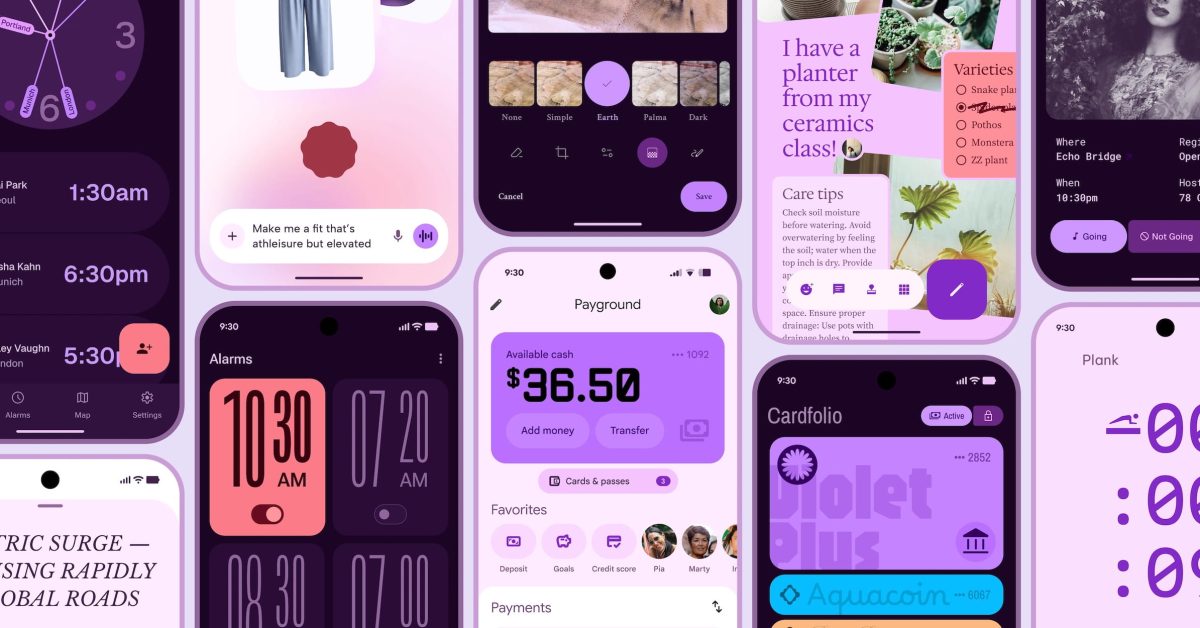Inside Google's Design Revolution: The Secret Story Behind Material 3 Expressive

In an intriguing glimpse behind the design curtain, a recent leak has revealed the innovative thought process and research driving Google's latest design language, Material 3 Expressive. Just before the official announcement this month, an accidental disclosure provided tech enthusiasts and design professionals with an unprecedented peek into Google's creative strategy.
The leak offers a fascinating window into the meticulous research and user-centric approach that Google has undertaken in developing this cutting-edge design system. Material 3 Expressive promises to push the boundaries of digital interface design, blending aesthetic sophistication with intuitive user experience.
While details are still emerging, the leaked information suggests that Google has been deeply committed to creating a design language that is not just visually appealing, but also highly adaptive and responsive to user needs. The "Expressive" component hints at a more dynamic and personalized approach to digital design.
Design enthusiasts and tech followers are eagerly anticipating the full reveal, speculating about how this new design system might transform digital interactions across Google's extensive ecosystem of products and services.
